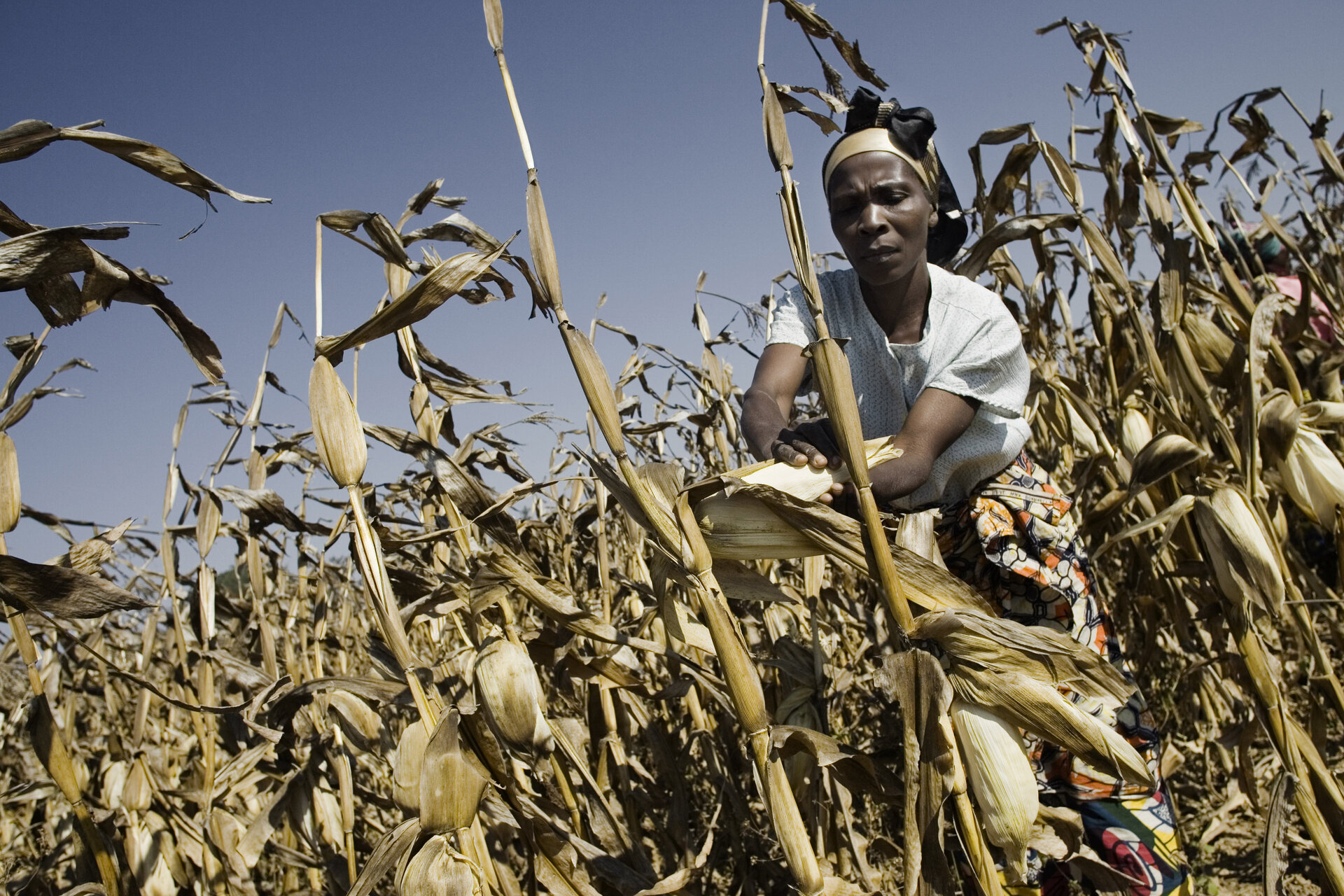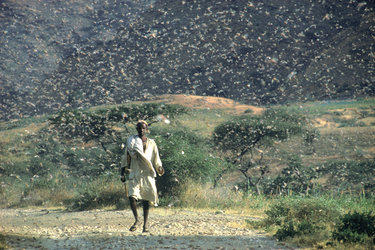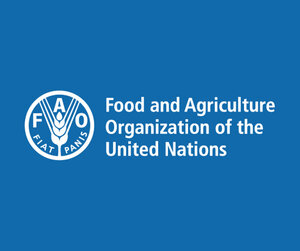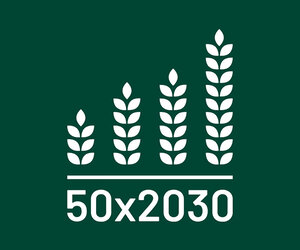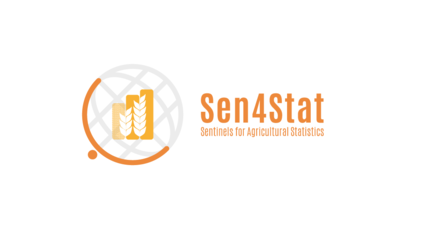ESA and FAO unite to tackle food security and more
With ESA positioned as a world-class provider of Earth observation data and the United Nations Food and Agriculture Organization (FAO) leading international efforts to defeat hunger, the two organisations have teamed up to exploit their particular fields of expertise to better address major global issues such as food security, and to take further advantage of the digital transformation in agriculture.
Formalising this new cooperation, ESA’s Acting Director of Earth Observation Programmes, Toni Tolker-Nielsen, and the Food and Agriculture Organization’s Chief Economist, Máximo Torero, have signed a Memorandum of Understanding. This new formal agreement builds on the organisations’ long-standing collaboration, which has already shown how information from satellites can bring benefits both nationally and globally.
The agreement paves the way to exchanging relevant expertise and to developing ways in which Earth observation satellites can be used to understand and monitor agricultural processes and food systems so that ESA and FAO, and their respective Member States, can better address critical concerns such as food security and help achieve the Sustainable Development Goals (SDGs).

FAO has the important mandate of providing advice to its Member States on food, agriculture and the sustainable management of natural resources. The organisation also assists developing countries to increase agricultural production in a sustainable manner, improve the efficiency in the use of land and water, and optimise the use of forestry and fisheries resources. In addition, FAO is the UN custodian agency for 21 SDG indicators related to food and agriculture and is, therefore, responsible for reporting progress towards these goals.
Images and information derived from satellites orbiting Earth are important to monitoring, reporting and making evidence-based decisions and, in turn, ultimately achieve these SDG goals.
FAO’s Chief Statistician, Pietro Gennari, said, “Earth observation is a powerful instrument to support, either directly or indirectly, the monitoring of several SDG indicators at national and global levels.”
For example, FAO is a key partner of the 50x2030 initiative, which seeks to bridge the global agricultural data gap by transforming country data systems in 50 countries in Africa, Asia, the Middle East and Latin America by 2030. The aim is to integrate Earth observation methods to increase the efficiency and timeliness of these national statistical surveys. Through the Sen4Sat project, ESA works with FAO and pilot National Statistical Offices to develop innovative algorithms and Earth-observation products to achieve this aim.
“It is exciting to see how high-resolution observations from the Copernicus Sentinels can complement national agricultural statistics with in-season information on crop extent and status at 10 meter resolution and with national coverage,” added Benjamin Koetz, ESA Application Scientist.
Satellites can provide data to fill information gaps and contribute to improving national statistics, as well as support innovative data analytics based on synergies between field survey information and satellite observations.
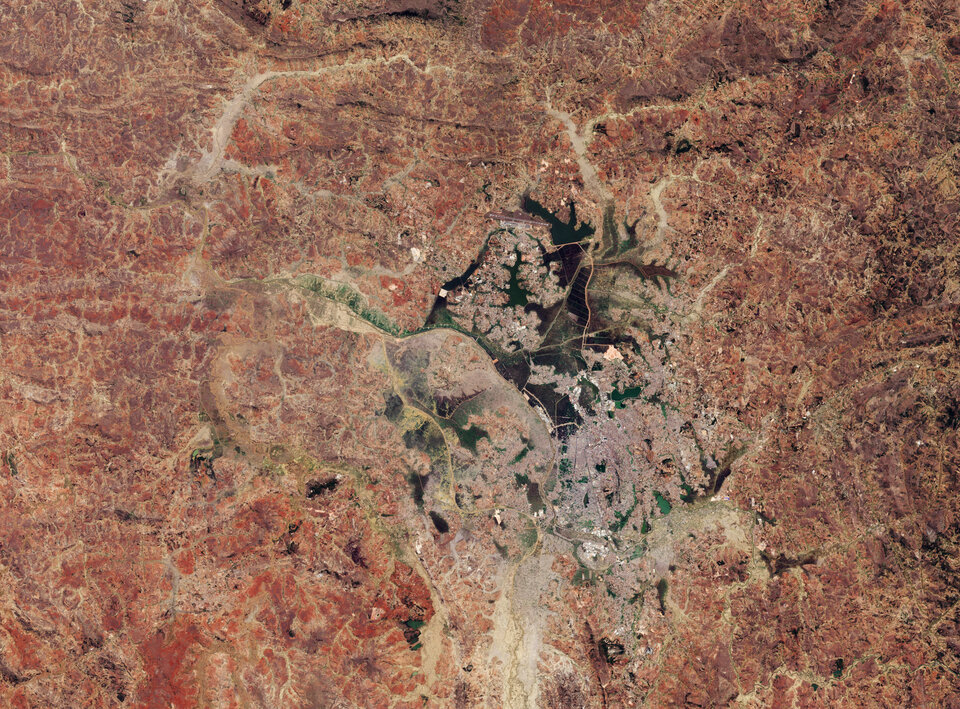
Toni Tolker-Nielsen said, “With a growing global population along with the effects of climate change, food security is a serious challenge – a challenge we can only hope to address by working together. The value of using Earth observation to help combat real world problems such as this is immeasurable. Thankfully, we have a wealth of different types of data from our research missions and from the Copernicus Sentinel missions. While these data are, of course, free and open to use, the Memorandum of Understanding we signed with FAO today means that we will combine the expertise and knowledge of our two institutions to ensure that the data from space are used in the best possible way to, ultimately, benefit citizens worldwide.”
The agreement covers areas such as identifying and understanding the requirements and challenges for using satellite data in the field of agriculture and food; sharing datasets and surveys; supporting access to Earth observation datasets; and developing innovative Earth observation algorithms, products and applications making full use of the latest IT capabilities, such as cloud computing.
As well as agricultural and land-cover statistics, the agreement covers a number of additional themes, including water-related SDGs and forestry statistics.
The Memorandum of Understanding also comes shortly after ESA astronaut Thomas Pesquet’s nomination as FAO Goodwill Ambassador. Thomas has been working together with FAO since 2018 to raise global awareness on food security and climate change.
On 23 April, Thomas will return to the International Space Station for his second mission called Alpha after the star Alpha Centauri.


